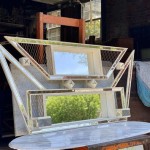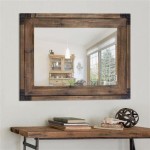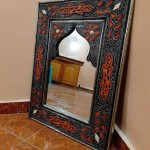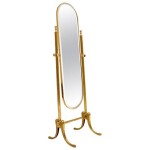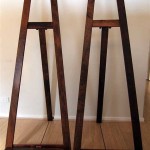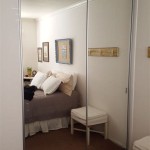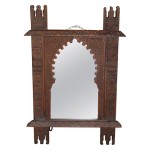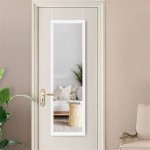Why Concave Mirrors Are Used In Headlights Of A Car
Car headlights serve a critical function in ensuring nighttime visibility and road safety. The effectiveness of a headlight system hinges on its ability to project a strong, focused beam of light. This is where concave mirrors play a vital role. Their unique reflective properties make them ideally suited for shaping and directing the light emitted from the headlight bulb.
A concave mirror is characterized by its inward-curving reflecting surface. Unlike a flat mirror that simply reflects light rays back in the direction they came from, a concave mirror converges parallel light rays towards a single point known as the focal point. This convergence allows for the creation of a concentrated beam of light.
The precise location of the focal point is determined by the curvature of the mirror. A more deeply curved mirror will have a shorter focal length, meaning the focal point is closer to the mirror's surface. Conversely, a shallower curve results in a longer focal length and a focal point further away. Headlight designers carefully select the curvature of the mirror to achieve the desired beam pattern and intensity.
Within a car headlight assembly, the light source, typically a halogen, LED, or Xenon bulb, is strategically positioned near the focal point of the concave mirror. When the bulb is illuminated, it emits light rays in all directions. The concave mirror intercepts these rays and reflects them in a more parallel and focused manner, creating the headlight beam.
The reflector’s shape and the position of the light source within the headlight housing are crucial for controlling the beam pattern. By adjusting these factors, manufacturers can optimize the headlight's performance for different driving conditions. For instance, low beams are designed to illuminate the road directly ahead without blinding oncoming drivers, while high beams project a longer, more intense beam for increased visibility at higher speeds and in rural areas.
The reflective coating of the mirror also plays a significant role in the performance of the headlight. Traditionally, headlight reflectors were coated with a thin layer of aluminum, which offered good reflectivity. However, advancements in materials science have led to the use of more efficient coatings, such as vapor-deposited aluminum or even silver, which offer enhanced reflectivity and durability.
Using a concave mirror in a headlight offers several advantages over alternative methods of light projection. Firstly, it provides a highly efficient way to collect and focus light, maximizing the output of the bulb. This efficiency translates to brighter headlights and improved visibility for the driver.
Secondly, the use of a concave mirror enables precise control over the beam pattern. By carefully designing the shape of the reflector, manufacturers can create beams that are both powerful and precisely directed, avoiding glare that could blind other drivers.
Thirdly, concave mirrors are relatively simple and cost-effective to manufacture compared to more complex optical systems. This simplicity contributes to the affordability and reliability of car headlights.
Furthermore, the compact nature of the concave mirror assembly allows for smaller headlight units, contributing to the sleek and aerodynamic design of modern vehicles. This compact design also allows for greater flexibility in headlight placement, allowing designers to optimize the positioning for maximum visibility.
Over the years, headlight technology has evolved significantly. While the basic principles of using concave mirrors remain the same, advancements in materials, manufacturing techniques, and design have resulted in more efficient, powerful, and sophisticated headlight systems. For example, the introduction of projector headlights, which utilize a lens in conjunction with a concave reflector, has further enhanced beam control and intensity.
Another recent development is the increasing use of adaptive headlight systems. These systems utilize sensors and actuators to adjust the direction and intensity of the headlight beam in real-time, based on factors such as steering angle, vehicle speed, and road conditions. This dynamic adjustment further optimizes visibility and enhances safety.
The ongoing development of new headlight technologies is indicative of the continued importance of effective lighting systems for vehicle safety. Despite these advancements, the fundamental principles of reflection and the use of concave mirrors remain central to headlight design, underscoring the enduring relevance of this simple yet effective technology.

Car Headlights

How A Concave Mirror Is Used In Headlights And Searchlights To Throw Light At Long Distance Homework Study Com
Flashlights And Car Headlights All Have Concave Mirrors Why Would It Not Be A Good Idea To Use Convex Mirror Instead Quora

Which Type Of Mirror Is Used In Headlights Vehicles

Which Mirror Is Used In The Headlights Of A Car
Which Mirror Is Used In The Headlight Of A Car Quora

State The Type Of Mirrors Used For I Headlights And Ii Rearview In Cars Motorcycles Give Reason To Justify Your Answer Each Case

Why Are Concave Mirrors Used In Headlights Socratic
Why Are Concave Lenses Used In The Headlights Of A Car Quora

Concave Vs Convex Mirrors In Cars

